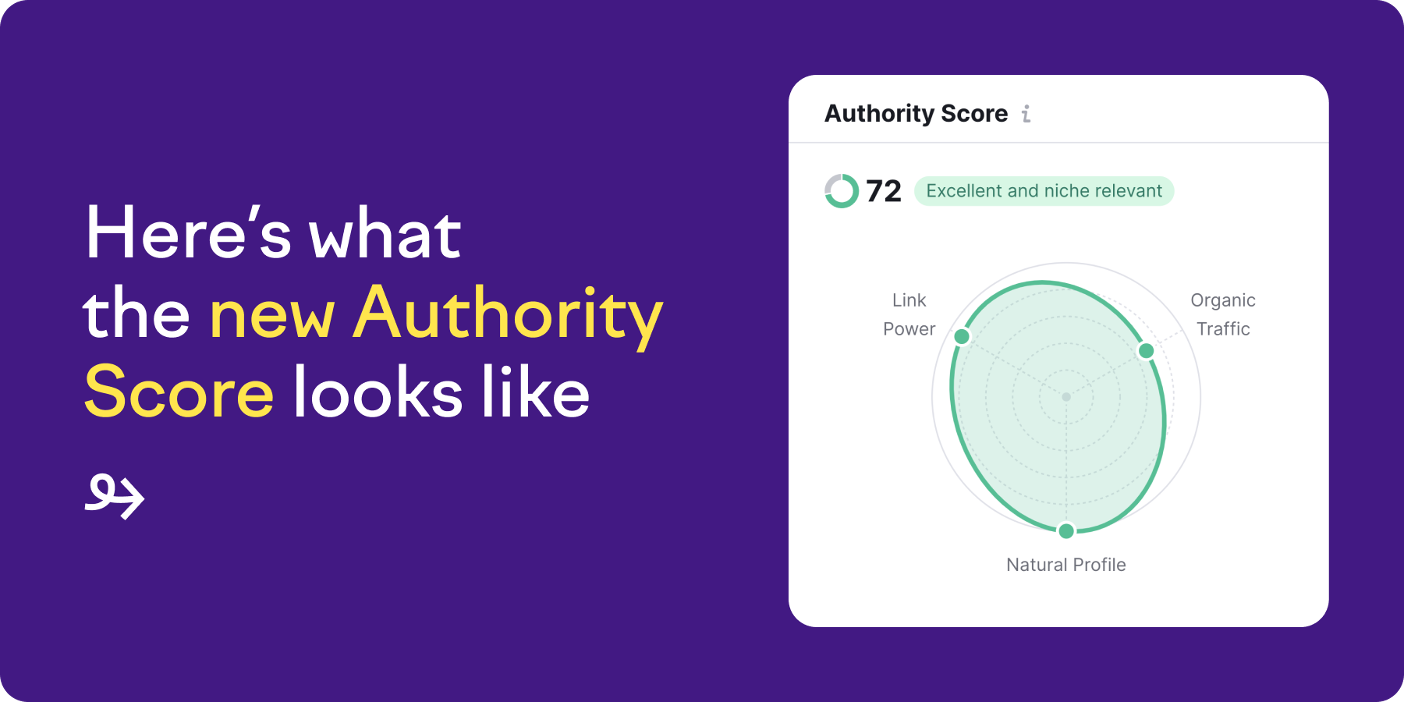Search Engine Optimization (SEO) is an essential aspect of digital marketing, and the role of backlinks cannot be overemphasized in this regard. Backlinks are links from other websites to your website. They are also known as inbound links, incoming links, or one-way links. Backlinks are crucial for SEO because they indicate the authority, relevance, and popularity of a website. In this article, we’ll take a closer look at the role of backlinks in SEO and the best practices for link building.
The Role of Backlinks in SEO
Backlinks are an important ranking factor in SEO. When search engines like Google crawl the web, they use backlinks to determine the authority and popularity of a website. The more high-quality backlinks a website has, the more likely it is to rank high in search engine results pages (SERPs). Backlinks are like votes of confidence from other websites, and search engines use these votes to determine the trustworthiness and relevance of a website.
Backlinks are also important for generating referral traffic. Referral traffic is traffic that comes to your website from other websites. When a user clicks on a backlink to your website, they are referred to your website, and this can generate new leads, customers, or clients. Referral traffic is valuable because it can lead to conversions, such as sales or sign-ups.
Best Practices for Link Building
Link building is the process of acquiring backlinks from other websites. The quality and relevance of the backlinks are more important than the quantity. In fact, having too many low-quality backlinks can hurt your website’s SEO. Here are some best practices for link building:
- Create High-Quality Content
The first and most important step in link building is to create high-quality content. When you create content that is valuable, informative, and engaging, other websites are more likely to link to it. Content can be in the form of blog posts, infographics, videos, or any other type of media that provides value to the user.
- Research Your Competitors
One way to find potential link opportunities is to research your competitors. Look at the backlinks that your competitors have and see if you can acquire similar backlinks. This can give you an idea of where to focus your link building efforts and can help you identify high-quality websites in your industry.
- Use Link Building Tools
There are many link building tools available that can help you identify potential link opportunities. These tools can help you find websites that are relevant to your industry, have high domain authority, and are likely to link to your content. Some popular link building tools include Ahrefs, SEMrush, and Moz.
- Reach Out to Website Owners
Once you’ve identified potential link opportunities, it’s time to reach out to website owners. This can be done via email, social media, or any other form of communication. When reaching out, it’s important to be polite, concise, and provide value to the website owner. Explain why your content is valuable and why it would be a good fit for their website.
- Guest Blogging
Guest blogging is another effective way to acquire backlinks. Guest blogging involves writing content for another website and including a link back to your website in the author bio or within the content. Guest blogging can be a win-win for both parties as it provides valuable content to the website owner and a backlink to the guest blogger.
- Broken Link Building
Broken link building is the process of finding broken links on other websites and reaching out to the website owner to suggest a replacement link. This is a win-win for both parties as it helps the website owner fix a broken link and provides a backlink to the suggested replacement. Broken link building can be done using link building tools or by manually searching for broken links in your industry. When reaching out, it’s important to be polite and provide value to the website owner. Explain why your suggested replacement link is a good fit and how it can benefit their website.
- Monitor Your Backlinks
It’s important to monitor your backlinks to ensure that they are high-quality and relevant. If you have low-quality backlinks or backlinks from irrelevant websites, it can hurt your website’s SEO. There are many tools available that can help you monitor your backlinks, such as Ahrefs, SEMrush, and Google Search Console.
- Diversify Your Anchor Text
Anchor text is the text that is used to create a hyperlink. When building backlinks, it’s important to diversify your anchor text to avoid over-optimization. Over-optimization can occur when you use the same anchor text for all of your backlinks, and this can hurt your website’s SEO. It’s important to use natural, varied anchor text that accurately reflects the content of the page being linked to.
- Focus on Quality, Not Quantity
When it comes to link building, quality is more important than quantity. It’s better to have a few high-quality backlinks than a lot of low-quality backlinks. High-quality backlinks come from authoritative, relevant websites that have high domain authority. Low-quality backlinks come from spammy, irrelevant websites that have low domain authority.
Conclusion
Backlinks are an essential aspect of SEO, and link building is a crucial part of any digital marketing strategy. When building backlinks, it’s important to focus on quality, not quantity. High-quality backlinks come from authoritative, relevant websites that provide value to the user. Link building takes time and effort, but the rewards are worth it. By following these best practices for link building, you can acquire high-quality backlinks that will improve your website’s SEO and drive referral traffic to your website.







